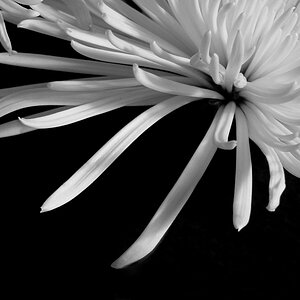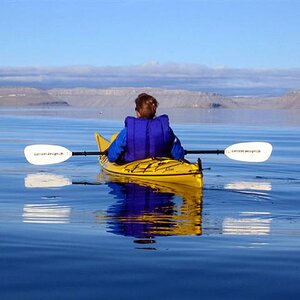Byrnew
TPF Noob!
- Joined
- Jun 8, 2019
- Messages
- 74
- Reaction score
- 7
- Can others edit my Photos
- Photos NOT OK to edit
Hello all,
I am still trying to decide on a first camera. I have narrowed it down to 3 types. Would there be much in the diference with the quality of the photos from each of these ? Nikon d3400 / d3500 , sony a6000 and the fujifilm xt20 with 16-50mmF3.5-5.6 Lens ( i see a used fuji for sale there and I know there expensive new )
Thanks
Wayne.
I am still trying to decide on a first camera. I have narrowed it down to 3 types. Would there be much in the diference with the quality of the photos from each of these ? Nikon d3400 / d3500 , sony a6000 and the fujifilm xt20 with 16-50mmF3.5-5.6 Lens ( i see a used fuji for sale there and I know there expensive new )
Thanks
Wayne.


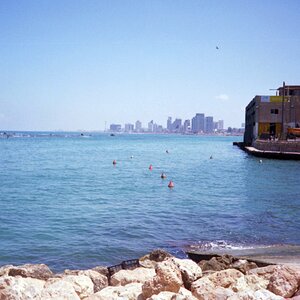
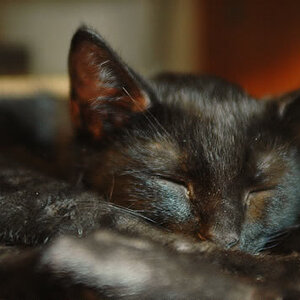
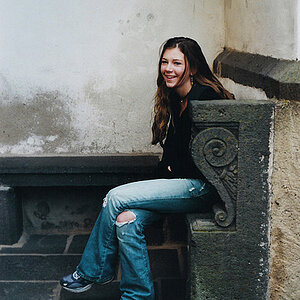
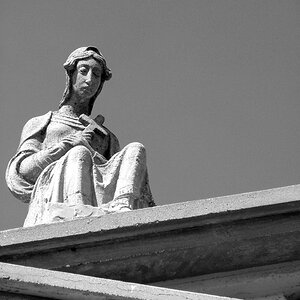
![[No title]](/data/xfmg/thumbnail/32/32167-524b76a903731ff48d48682c9f9b0978.jpg?1619735234)

![[No title]](/data/xfmg/thumbnail/32/32165-6bb394c486dda7ec16d8fee786f03151.jpg?1619735234)

